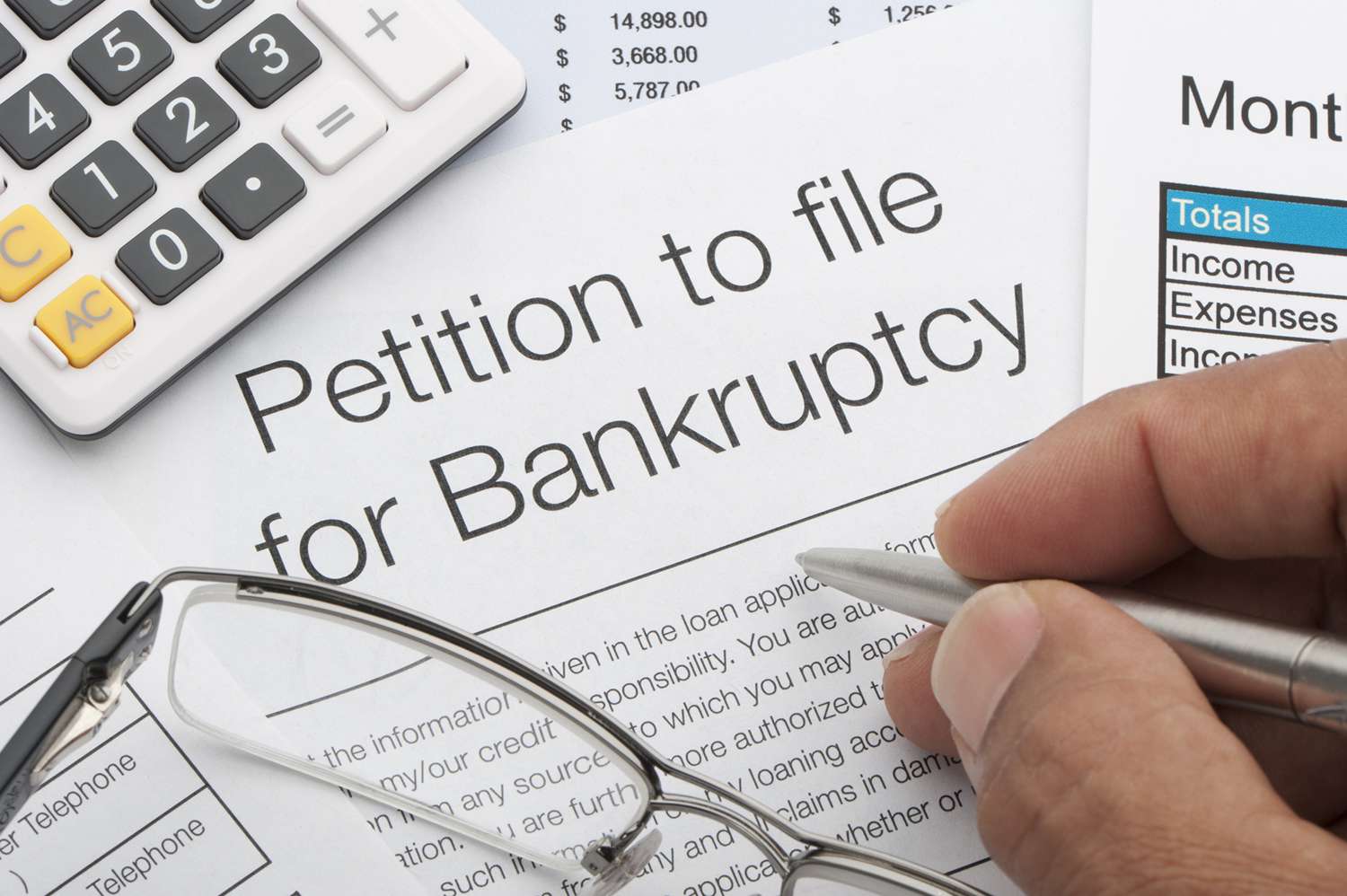Being unable to pay your debts and bills can be stressful. You might have started reading or hearing a lot about scary-sounding and confusing words regarding your financial problem. However, it can be difficult to comprehend what those jargons mean. Bankruptcy and insolvency are two terms having negative connotations, which are thought to mean the same thing. However, the two terms are completely different. Consult with the accountants in Auckland to understand the difference in detail.
Insolvency
Insolvency refers to the inability to pay the debts that are due. Insolvency might sound intimidating and complicated on the surface, but, it is a state many people have been in at some point in their lives. The causes of insolvency are many, including losing a job, being unable to find employment, layoff, etc. Although insolvency is a temporary situation, it can become huge financial trouble in case it is not quickly addressed.
Bankruptcy
It is a legal procedure for people who are not able to pay their debts. In case a person applies for bankruptcy, they are absolved from paying their debts. However, if you are declared bankrupt, you may suffer serious consequences including having a bankruptcy on the credit file for 7 years.
Insolvency VS. Bankruptcy
The two terms are completely different from one another. Insolvency refers to a person’s personal financial situation, whereas, bankruptcy implies a legal state. If a person is insolvent, they are simply not able to pay their debts timely. In such a case, you must look at the choices available, and bankruptcy is amongst those options.
Bankruptcy is generally classified as the act of insolvency as well as declaring bankruptcy frees you from all your debts. There are 2 ways to legally classify as bankrupt –
- Your creditor applies to the Bankruptcy Court for declaring you bankrupt.
- You can declare yourself as bankrupt.
You must not consider bankruptcy as your get out of the jail free card because it can leave a notable impact on your ability for accessing credit for your entire life.
What Should I Do In Case I Am Unable To Pay Debts?
If you are insolvent, you can choose from multiple options to get your finances on track.
- SIO – Summary Instalment Order (SIO) is a legal arrangement where the courts order you to pay back your debts to the creditors fully or partly over a course of three years.
- Debt Arrangement – It is a formal arrangement for repaying your creditors approved by the court. It does not involve Official Assignee like the SIO.
- Bankruptcy – Either you or a creditor can apply to court to legally declare you bankrupt. Doing so absolves you from almost all the debt and lasts for 3 years, with a trustee assigned to manage your bankruptcy.
The Bottom Line
Apart from the above-mentioned methods, you can also contact your creditor to arrive at some kind of informal arrangement to repay your debts. This can include requesting more time to repay, fixing an increased flexible payment arrangement, or negotiating a smaller amount to settle the debt. You must know that insolvency is a temporary situation and you can overcome beat it with some wise choices.

 2018 ·
2018 ·
Leave a Reply